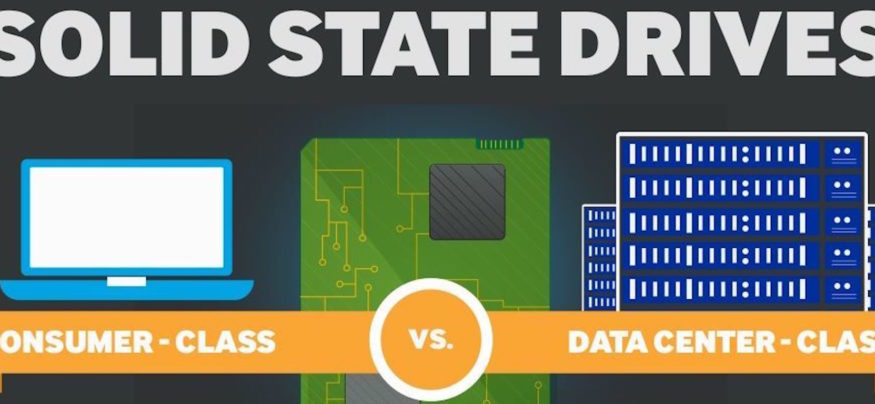Data center administrators can’t open a catalog or magazine without reading about all-flash storage or solid state drives (SSDs). It may be tempting to take advantage of NAND flash in servers as well as in storage systems, but there are some things to be aware of when considering SSD storage options for servers. Just as with rotating disks, SSDs in servers should take into account the differences between servers and standard PCs, particularly in the way data is accessed. While a PC typically has one user and no more than a handful of applications that might be accessing data at one time, servers may have hundreds of users and hundreds of applications running simultaneously. The greater number of users means that drives in a server are more likely to be running continuously 24 hours a day, seven days a week and with sustained throughput and large numbers of input/output operations happening constantly.
Write-Intensive Operations
SSDs are often more limited in their capability to write than in their ability to read. This is because each cell in an SSD can only be written to a certain number of times before it wears out, and subsequent writes tend to occur more slowly. Because most servers support write-intensive operations, consumer-grade SSDs tend to wear out quickly in server roles. Furthermore, performance can take a hit when consumer-grade SSDs are asked to write data continuously over long periods.
Consumer-grade SSDs that work perfectly well in workstations are not up to the continuous, heavy demands they face in servers. Just as there are enterprise-class or RAID-class hard drives that are built to run continuously, enterprise SSDs such as the Samsung S M863 Series (optimized for write intensive applications) and Samsung PM863 Series (optimized for read-intensive applications) are designed to provide high levels of performance even during sustained, heavy traffic. The V-NAND cells used in these SSDs provide substantially better endurance than older types of cells. The PM863 Series can sustain sequential read speeds of up to 540 MB/sec, with random input/output per second (IOPS) of up to 99,000, while the SM863 Series can sustain up to 10 drive writes per day (DWPD), an exceptionally high volume of writes, with sequential write speeds of up to 485 MB/sec.
IT professionals looking for a way to improve server performance can find big gains in SSDs. Up to 10 times the improvements in throughput and IOPS are possible, and the cost is relatively small. Using enterprise-class flash storage will ensure that the gains are maintained over the life of the server, and that performance, reliability and fault tolerance are appropriate to the data center.
Consumer Vs. Data Center SSDs – Which is Right for You? from Samsung Business USA







